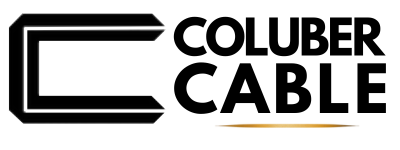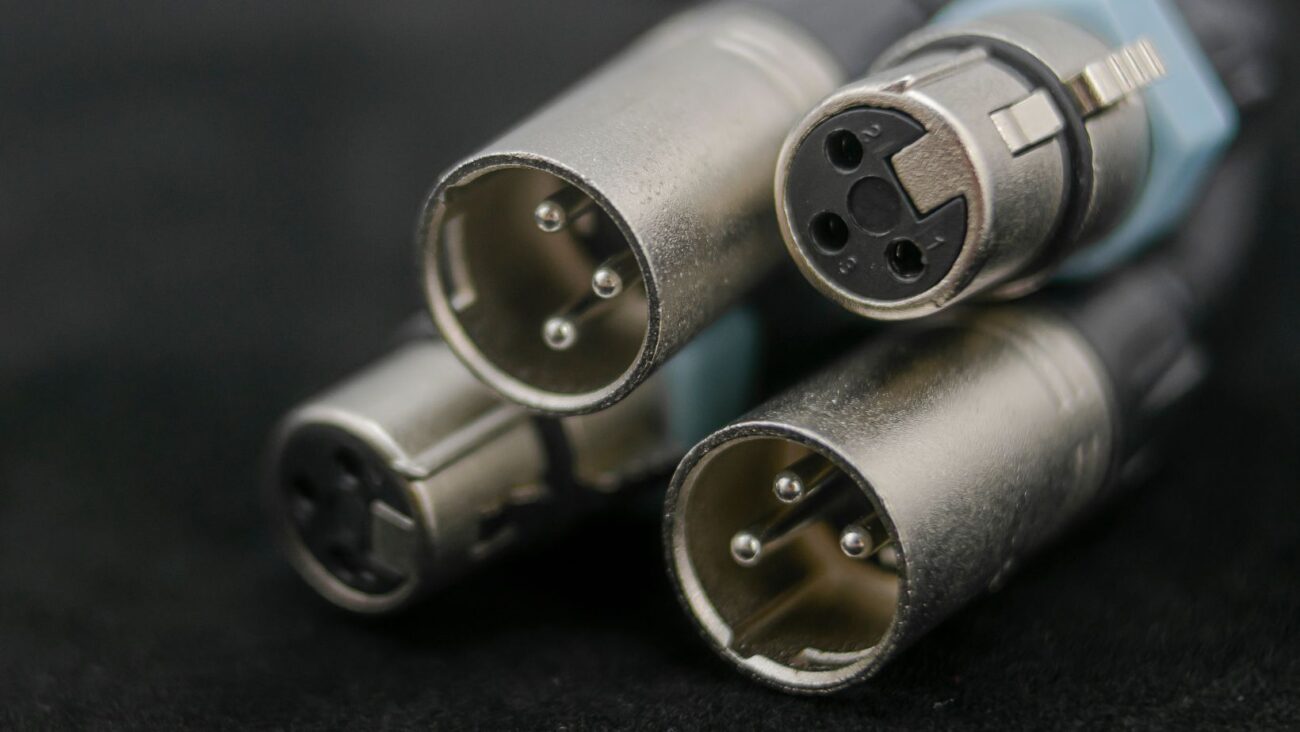Everything About Your DJ Cables: Analog Vs Digital Cables
When you are a DJ, you need to know how many components work and how to install them so that the setup works perfectly. In this case, the cables are one of the most vital components to assemble a DJ mixer because this allows to transfer the mixer’s sound to the speakers, and everything can sound correctly. Also, you won’t always have a technician on stage, and you’ll have to fix wiring problems on your own.
Don’t know anything about the different types of cables? Don’t worry, because we will explain everything you need to know about analog and digital lines. In addition, here you will learn the types of cables you should choose.
Analogue vs Digital cables
There are many varieties of sound cables, but we can divide them into two categories: analog and digital. That is why we must know first-hand their differences and which are the best.
Analog cables send the sound with an alternating electrical current signal along the line. In other words, these signals have a specific frequency depending on the sound. On the other hand, we can also divide the analog cables into two large groups: Balanced and unbalanced cables.
Digital cables transmit sound digitally in the form of binary data (0 and 1) so that a computer can process them and emit the sound. In other words, signal interference or corrupted data is impossible here.
Unbalance Vs Balance
Unbalanced analog cables consist of one wire for the audio signal and another ground wire to protect the signal from interference. These cables are covered with a plastic shield and mesh to prevent interference. However, these cables are only recommended for use over short distances (4 meters) because interference could increase by increasing the exposure of the sound signal to the environment.
On the other hand, Balanced analog cables have two signal wires, a ground wire to prevent interference, and are wrapped in mesh and plastic. The two signal wires carry the same electrical current, but one of the wires has an inverted signal. It means that it will cancel any interference reversing the polarity of the signal and merging both.
Main Analog cables
Since we already know the two types of analog cables that we can find on the market, we will mention the main analog cables.
RCA
RCA cables are the most common unbalanced cables on cheaper DJ controllers. Radio Corporation of America created these cables in 1940. They are characterized by having two plugs (red and white) and work for the short connections between the DJ controller to the console.
XLR
XLR cable is the most widely used balanced cable preferred by singers and professional DJ equipment. These cables have three pins, making them the best analog cable for transporting sound over long distances without relevant interference. This cable type has a safety hook to prevent being disconnected from the sockets in the middle of a concert.
TRS (tip-ring-sleeve)
It’s important not to confuse TRS (balanced) and TS (unbalanced) cables because TS cables are most common for short connections on guitar pedalboards and TRS for DJ mixers. These cables are known as “Jack,” and the 1/4″ or 6.35 mm tip is the most common cable for DJ. In the case of the 1 ⁄ 8″ or 3.5mm tip, it is only used for headphone connections.
Do you want a high-quality cable at a reasonable price? At Coluber Cable, we have the best options for your studio or for you to have the best sound in your instruments. You only need to contact us, and we will give you personalized advice so you can start enjoying an excellent balanced or unbalanced audio cable today.









